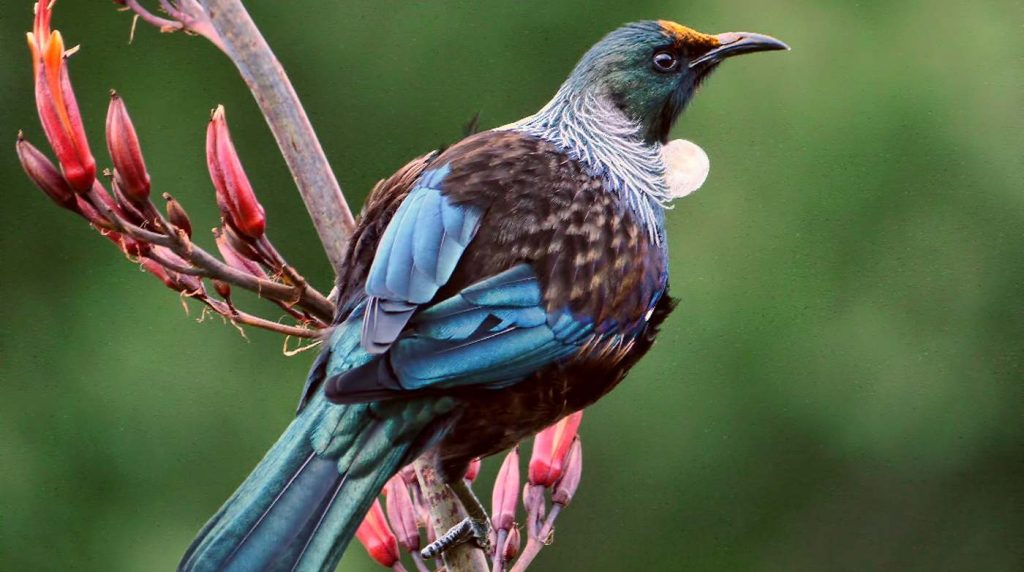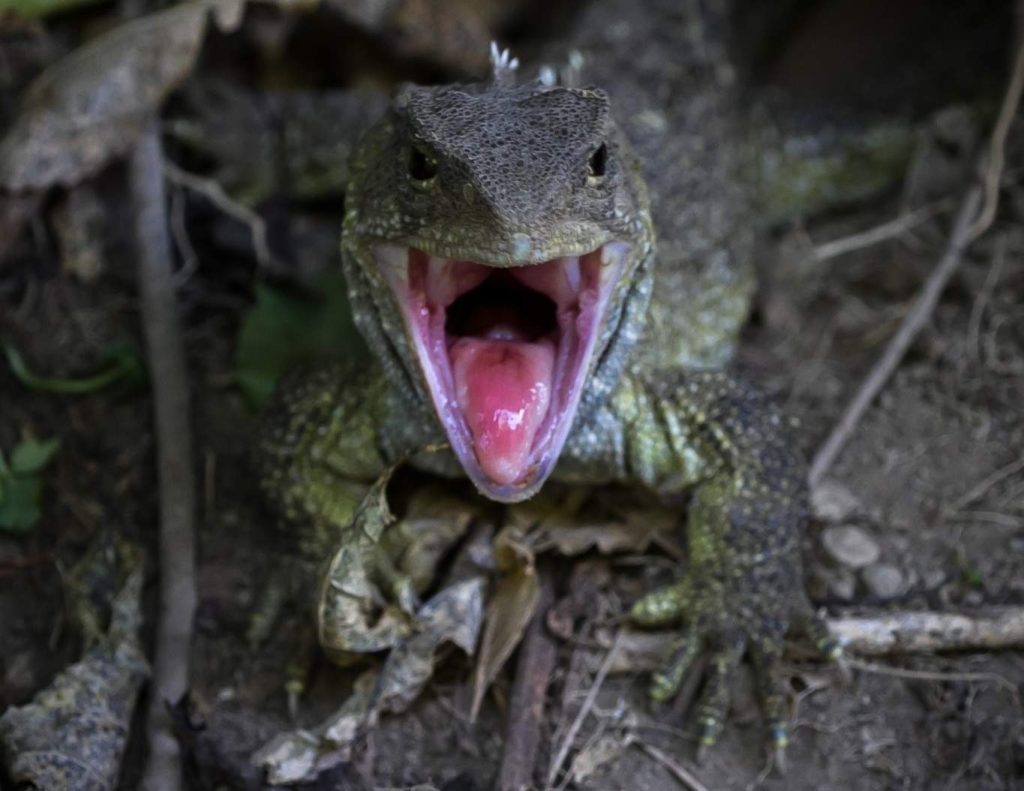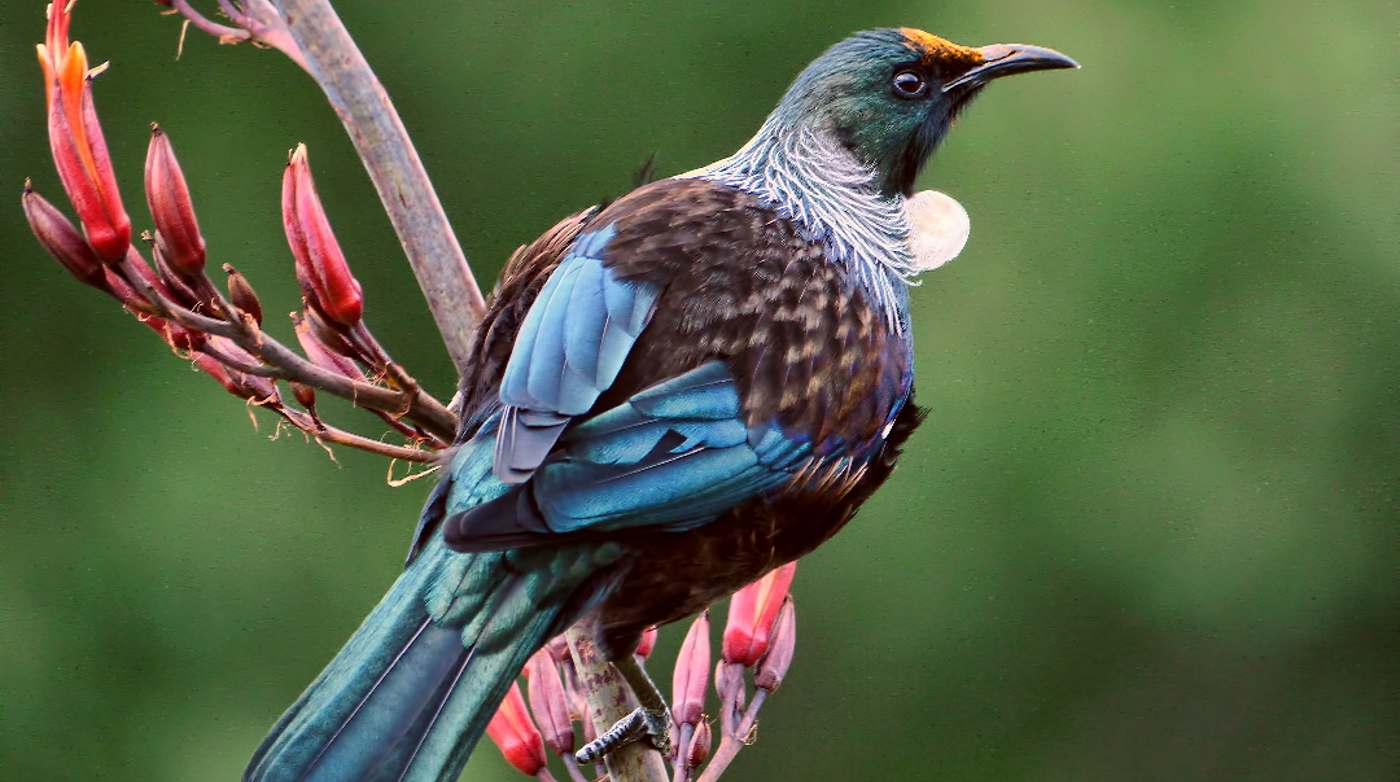
Just ten minutes beyond the center of Wellington lies a wild paradise, where the birdsong of as many as 40 species ring out above hikers.
The massive urban forest of Zealandia is helping prove that if you restore native forest in cities, native species will come back, and for a place with as unique an ecology as New Zealand, that’s all the more important.
The park, described as an eco-sanctuary, is delightful on its own, but it’s having a halo effect on bird communities in suburban, and even urban areas of the nation’s capital.
Opened in 1999, native birds have since increased during annual counts by 50%, while for some species that aren’t rare but shy away from cities, those figures are much higher. The numbers of kākā had increased by 250%, kererū by 186%, and tūī by 121% (the Māori accents denote a long vowel, i.e. “too-ee.”)
“In the 1990s seeing a tūī in suburban Wellington was a big deal, let alone a kākā,” Adam Ellis, a keen birdwatcher in Wellington, told the Guardian, reporting on the news. “Zealandia … created such a change in bird life that birds like tūī became a common garden bird.”
MORE: Acres of Toxic Chemicals and Rusting Cars Becomes National Park After Amazing Transformation
It’s a species of least-concern, but it’s a true tragedy not to have the tūī flitting about backyards. Its beautiful blue-green plumage with a funny white bow-tie is magnificent to behold, and their cacophony is allegedly charming.
A new model
The Zealandia model drove researchers to investigate whether native tree density in and around cities resulted in an increase in native bird species. To get an answer, they examined 25 urban forest projects totaling 72 years of work. They found that the longer the reforestation work, the greater the diversity of native species.
Furthermore, populations of invasive predators like weasels, cats, possums, and rats, which were logically thought to be a reducer of population, had no affect in areas reforested with native tree species.
RELATED: Queensland Continues to Transfer Millions of Acres of Wilderness Back to Aboriginals in Australia
However it’s far from just birds that enjoy Zealandia. Visitors can also see freshwater mussel colonies, frogs, the eponymous New Zealand eel species, and the wētā, a giant cricket. Additionally, lucky hikers may also see a tuatara. It may look like a lizard, but it’s one of the planet’s truly unique species, as it evolved back in the Triassic Period, and is the only surviving member of its species, which split away from snakes and lizards before the age of the dinosaurs.

Zealandia is a beautiful place, but it takes a lot of hard work to maintain it. Nine kilometers of predator-proof fencing surrounds the park, and 500 volunteers keep trails and water ways in order, and ensure that invasive species don’t propagate.
“When you see birds in your backyard that no one else has, it makes you want to do something for them,” Gini Letham, its lead ranger told the Guardian.
“One of our main missions is to connect people with nature—it’s not necessarily coming here for a bush walk, but it’s also about looking after nature in their own backyard and spreading it past just the sanctuary.”
CONSERVE and Spread the Good News; Share This Story…




















